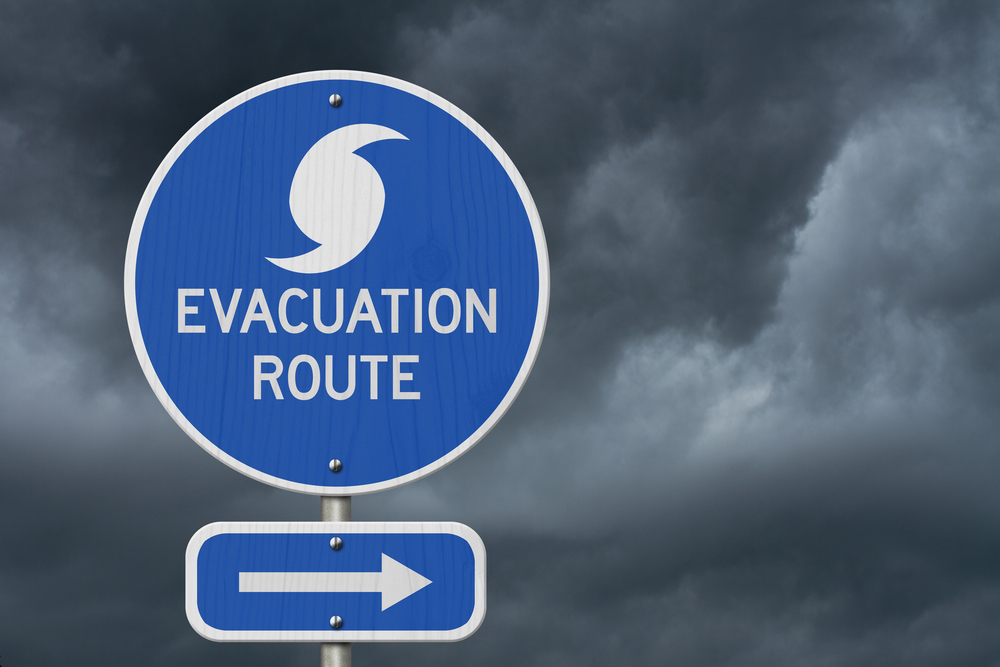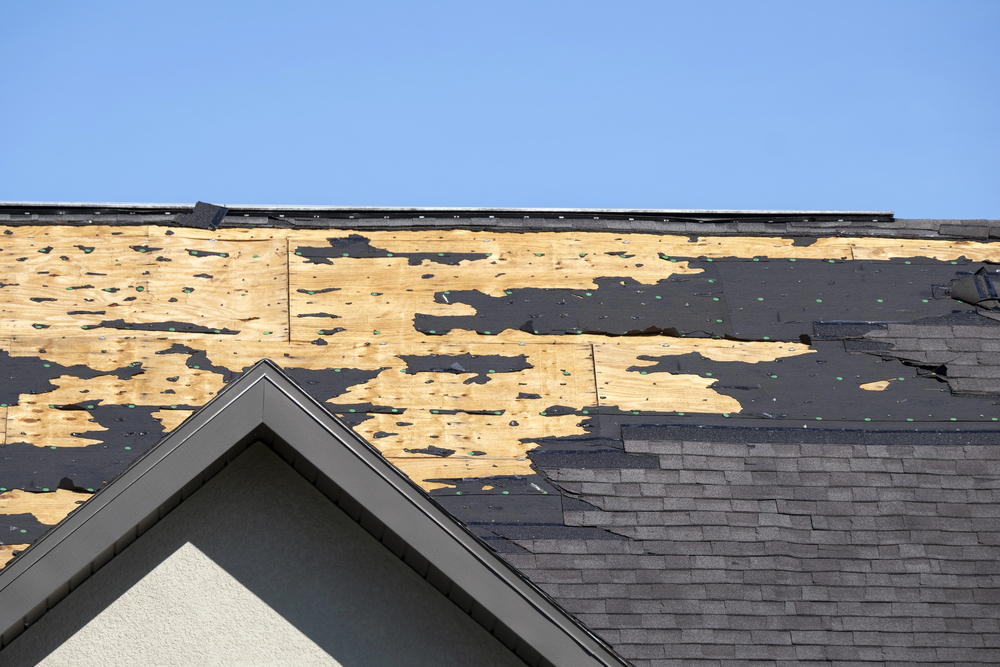Tough to Navigate
By: Susan Hodges
| Bob Fee sells insurance not far from the salt mines and grain elevators of a peaceful-sounding place called Hutchinson, Kan. But he and Fee Insurance Group are front-and-center of a trend starting to shake things in the commercial property market. “I have an account with a lot of property exposures in Houston. Property rates didn’t go up horribly for them this time, but they went up for the first time in years, and that’s significant,” says the vice president of this 23-employee, three-location agency. “Underwriters I’ve talked with say recent storms are causing insurers to rethink their ratings in storm-prone areas—and those areas are now a big chunk of the U.S.” The Double Edge Firming markets are usually festive places for agents and brokers, who look to the accompanying premium increases to balance deficits caused by rate falls of the preceding soft market. But few glasses can be heard clinking this time around. Instead, agents are almost as concerned about rate hikes in some lines as they were about fall-offs in others a few years back. “As agents, we need a hard market to balance our businesses, and we’ve been hoping for one for some time,” says Fee. “But this one is coming at a bad time. Some of our customers are still in difficult spots economically.” August Felker, CEO of The Murphy Insurance Group, a 50-plus-employee agency with seven locations in and near Madison, Wis., agrees. “Usually a hard market accompanies a good economy,” says Felker. “It’s unusual to see it in a still-tough economy, and I think it will be a challenge, both for carriers to press rates and for our clients to pay them.” Felker’s agency works with a number of regional insurers in the Midwest, and he says some property coverage renewals are coming in 2% to 10% higher than last year. “These are mainly customers with high property exposures who had hail damage,” he says. “I think a lot of carriers had a tough 2011 with losses. They’re looking at their exposures and starting to adjust premiums, because they’re too low for the risks.” Felker also has an eye on workers’ compensation coverage, noting that it’s “another market having a tough time making money” due to sky-rocketing loss ratios. But his main focus thus far is habitational risk. “We have clients with apartment buildings, and they’re seeing substantial increases,” he says. “Anyone who has significant property exposure will see increases.” Mounting Concern In the case of Version 11, RMS had both. The new model “contains 10 times more onshore and offshore wind observation data than the last hazard update in 2003,” said company spokesperson Carolyn Krehel. Advancements in computing power also allowed RMS to run thousands of storm simulations to generate a new risk model of a hurricane’s behavior over land. Together, Krehel said, the two new models can calculate hurricane risk more accurately than ever. Not surprisingly, the risk scenarios they generate are scarier and more expensive than ever, too. As a result of the model changes, RMS predicts wind-risk increases for all hurricane states on an industry-wide basis. Portfolios with non-coastal exposures and commercial or industrial businesses will likely show the largest increases, RMS said in a statement, since changes in loss results in the market portfolios analyzed jumped between 20% and 100%. “However, there are extreme cases above and below this,” RMS qualified. “Concentrated portfolios will see changes outside of the typical range, including some decreases.” By November 2011, most property insurers had digested the implications of RMS Version 11 and were running their exposures against the new model. That month, for the first time since February 2005, commercial lines rates inched up across the board, ending the soft market. Commercial property, business-owner policies (BOPs) and workers’ compensation coverage all experienced 2% rate increases, according to MarketScout, the Dallas-based electronic insurance exchange. Business interruption, general liability, commercial auto and employment practices liability rates also rose by 1%. A month later, the National Oceanic and Atmospheric Administration (NOAA) released additional relevant data. The federal agency reported that a dozen weather-related disasters in 2011 each caused more than $1 billion in property damage. The $52 billion in aggregate losses didn’t approach the $145 billion in losses (in today’s dollars) exacted in 2005 by Hurricane Katrina. But as NOAA observed, the 2011 disasters set a new record for the “greatest frequency of severe weather with costly losses” in more than 30 years. Preparing Customers Tim Cunningham thinks the overall market hardening will occur gradually. “I think we’re at an inflection point,” says the president of OPTIS Partners, LLC, an agency financial consulting firm based in Chicago. Cunningham sees “pockets of activity” in which rate audits are coming in with additional premium instead of returning premium. He’s also hearing of underwriters holding firm on pricing that a year ago might have renewed at a 10% reduction. “If there are problems or issues with an account, companies are starting to ask for more rate or they may even refuse renewal,” he adds. But as of mid-December, rising rates had not dramatically impacted businesses in OPTIS’s sphere of influence. Even so, Cunningham and OPTIS Partner Dan Menzer have suggestions. First, warn clients and begin working with those for whom rate increases may be problematic. “Good agents and brokers communicate regularly with their clients, and you need to condition them to expect increases,” says Menzer. Rate surveys suggest that commercial accounts of less than $25,000 in premium may be most vulnerable, he adds, while medium accounts (those with $25,000 to $100,000 in premium) are experiencing smaller rate increases and large accounts are still flat or experiencing small rate decreases. Preparing Your Agency “If you look at agencies that thrived or even minimally survived bad times, you’ll find most had rainy-day funds,” says Cunningham. The savings were used to retain talent, and then to rebuild when the economy improved. “We’re hoping more agencies will find a way to retain a portion of new revenues this time,” says Cunningham. “Whether that’s 2%, 5% or 15%, there will be newfound revenue if the market continues the way it has started—and smart agencies will continue to set some of it aside.” Menzer has another idea as well: conversion to fee arrangements. “If you’re charging clients a fee, you have to defend your worth every year,” says Menzer. “You might give up some revenue during the hard market, but when the soft market arrives, you’ll fare better. It’s something some agents are doing since soft markets tend to last much longer than hard markets.” Clint Harris has other suggestions. Harris is an analyst at Conning Research in Hartford, Conn., which issues regular economic forecasts for the property-casualty industry. “Agencies, like insurers, have to invest in technology and intellectual capital,” he says. “To maintain those investments, perhaps agencies should ask their carriers for more support. Could they partner more to leverage service capabilities? Could they further increase automation capabilities, the way we’re seeing more automation in BOPs?” Harris says Conning sees growth in automation portals built by agencies and supported by carriers. “They reduce some of the frictional costs of providing information and risk management,” he says. “Perhaps there are other opportunities for partnership as well.” A united front is usually stronger, after all—and in today’s extreme weather, agents need all the strength they can muster. Hodges (hodgeswrites@gmail.com) is an IA senior contributing writer. | A Changing Hurricane Model No doubt they will. And if Sparling is right, insurers and reinsurers may soon have another new tool to help them adjust rates. “You could argue that RMS will release a newer version still of its hurricane model,” he says, “because Hurricane Irene hit nine states in 2011 and caused damage all the way to Vermont.” Add Irene’s statistics to the model, “and I can clearly understand if a Version 12 or 13 comes out soon,” Sparling says. —S.H. |










